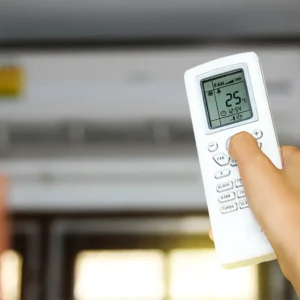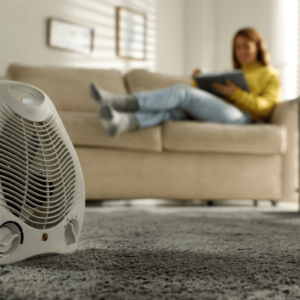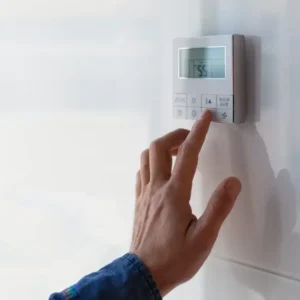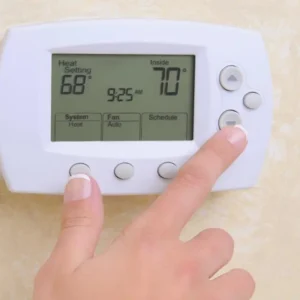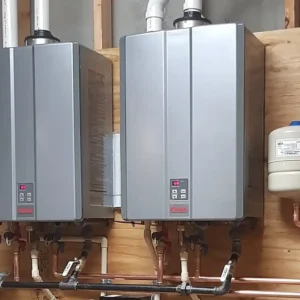Ever opened your water bill and thought, “How on earth did we use that much?” You’re not alone. Many households across the UK and the USA are facing rising utility costs, and water is often a silent budget killer. The good news? With a few smart changes, you can dramatically reduce your water consumption—and your bills—without sacrificing comfort or hygiene.
This guide dives deep into frugal home hacks to cut down water usage, tailored for families, renters, and homeowners in the UK and the USA. Whether you’re driven by environmental concerns, financial goals, or both, you’ll find these tips practical, easy to implement, and surprisingly effective.
Why Cutting Down Water Usage Matters (More Than You Think)
Water might seem abundant, but clean, accessible water isn’t limitless. Both the UK and the USA have seen increasing concerns around water scarcity, infrastructure inefficiencies, and climate-related disruptions. Every litre (or gallon) you save helps reduce pressure on local water systems and lowers your household expenses.
Plus, if you’re metered, every drop counts—literally.
Frugal Home Hacks to Cut Down Water Usage in the Kitchen
1. Fix Leaky Taps Immediately
A dripping tap can waste over 5,000 litres (1,300 gallons) of water a year. That’s money going straight down the drain. Replace worn washers or call in a local plumber—this one-time fix pays off quickly.
2. Use a Bowl for Washing Veggies
Instead of letting the tap run, fill a bowl and use it to rinse your fruits and vegetables. You can then reuse this water for houseplants or your garden.
3. Only Run Full Loads in the Dishwasher
Running half-empty loads wastes water and energy. Make it a rule to only run your dishwasher when it’s full, and select eco or water-saving modes if available.
4. Scrape, Don’t Rinse
Use a spatula to scrape off food before loading dishes. Most modern dishwashers are built to handle a bit of grime, so pre-rinsing is usually unnecessary.
Read Also: 10 Practical Ways to Lower Your Electric Bill in Winter
Bathroom Water-Saving Hacks That Work
5. Install Low-Flow Showerheads and Aerators
Inexpensive and easy to install, low-flow fixtures can cut your water use by up to 50%. Look for WaterSense labels in the US or WRAS-approved models in the UK.
6. Take Shorter Showers
Every minute in the shower uses up to 12 litres (2.5 gallons) of water. Challenge your household to keep showers under 5 minutes—consider it a game!
7. Turn Off the Tap While Brushing Teeth or Shaving
Running the tap unnecessarily wastes around 6 litres (1.5 gallons) per minute. Teach kids and adults alike to switch off while brushing or shaving.
8. Use a Dual-Flush or Water-Saving Toilet System
Toilets are one of the largest water users in homes. Dual-flush systems allow you to use less water for liquid waste. For older models, place a filled water bottle in the tank to displace water.
Laundry and Utility Room Hacks
9. Wash with Full Loads Only
Washing machines use a lot of water. Wait until you have a full load to run a cycle, and use cold water settings when possible.
10. Reuse Towels and Clothes Where Appropriate
Not everything needs washing after a single use. Reusing towels and wearing clothes more than once (when clean) can dramatically reduce laundry frequency.
11. Invest in a Water-Efficient Washing Machine
If you’re in the market for a new appliance, look for ENERGY STAR (USA) or A-rated (UK) washing machines with water-saving features.
Outdoor Water-Saving Ideas
12. Harvest Rainwater
Install a rain barrel to collect water for garden use. In both the UK and many US states, this is a legal and eco-friendly way to reduce outdoor water bills.
13. Water Plants Early or Late in the Day
Watering during cooler hours reduces evaporation. Less evaporation = more water for your plants and less needed overall.
14. Switch to Drought-Resistant Plants
Especially helpful in dry regions of the US like California or Arizona, drought-tolerant plants require far less water and maintenance.
15. Use a Broom, Not a Hose
Cleaning patios or driveways? Skip the hose. A sturdy broom gets the job done without wasting litres of water.
Technology and Smart Tools to Save Water
16. Install a Smart Water Meter or Leak Detector
These gadgets can alert you to leaks or unusually high water usage. Some water companies in the UK and the US even offer rebates or free installations.
17. Use Timers on Outdoor Sprinklers
Limit watering times with programmable timers to prevent overuse. Aim for shorter, more efficient sessions.
18. Greywater Recycling Systems
Advanced but powerful—greywater systems collect water from showers, sinks, and washers for reuse in toilets or gardens. Ideal for eco-conscious homeowners.
Everyday Habits That Save Water (and Money)
19. Keep Cold Water in the Fridge
Rather than running the tap for cold water, store a jug in the fridge. It’s quicker, saves water, and tastes better.
20. Defrost Food in the Fridge, Not Under Running Water
Planning helps you avoid the need to thaw food with the tap, which can waste several gallons each time.
21. Educate the Whole Family
Water-saving is a team sport. Get kids involved with posters, challenges, or a savings tracker.
22. Check Your Meter for Hidden Leaks
Turn off all water sources and check your meter. If it’s still ticking, you may leak. Early detection can save hundreds.
Read Also: 25 Effective Ways to Save Money on Groceries Without Coupons
Frugal Water-Saving Myths (Busted!)
- “Short showers aren’t effective.” False! Cutting just two minutes saves up to 24 litres (6 gallons).
- “Dishwashers use more water than hand-washing.” Also false—modern dishwashers are usually more efficient.
- “Water-saving devices are expensive.” Many are under £20/$25 and can slash your bill significantly.
Final Thoughts: Small Changes, Big Savings
Reducing your household water usage doesn’t mean turning your life upside down. With these frugal home hacks to cut down water usage, you can save money, protect the environment, and build a more sustainable lifestyle—one drop at a time.
Start small: fix that leaky tap, time your showers, and teach your family. Then, consider investing in water-saving appliances and tools for long-term benefits.
Water-saving is more than a financial decision; it’s a mindful lifestyle choice that benefits everyone.

